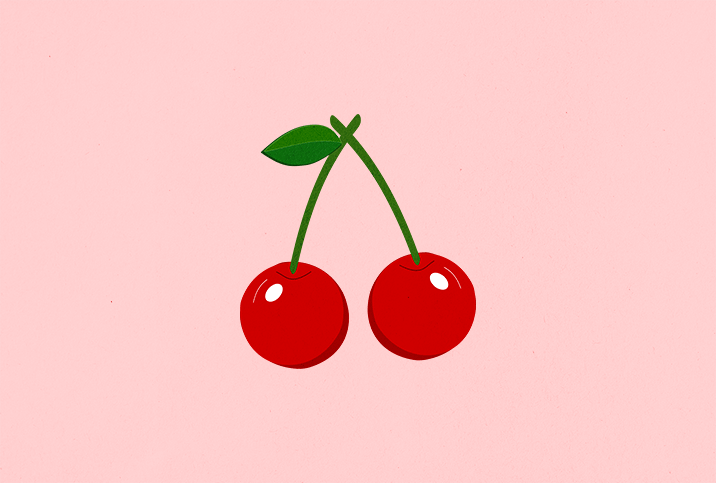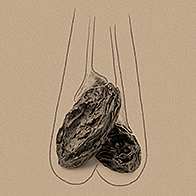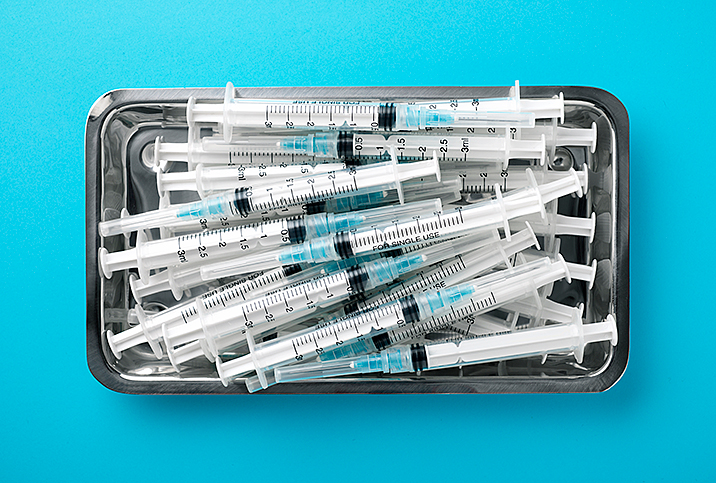Honey, I Shrunk the Testicles!

Testosterone is sometimes regarded as a "magic elixir." Other times, it's considered the root of male health problems related to sexual function or the genitals. But the perception that all such problems can be boiled down to testosterone issues solely is a mistaken one.
In fact, the use of exogenous testosterone as a supplement or medical treatment could worsen conditions or side effects of low testosterone (low-T).
"If your body can make something, but you're giving extra to it, then your body will start to slow production because it is getting what it needs elsewhere," said Matthew Mutter, M.D., a urologist and men's health clinician in the New Orleans area. "Your body is going to shift energy to something else, rather than testosterone, because you're getting it exogenously."
This shift in production can cause dire consequences. For example, Mutter said the connection between exogenous, or external, testosterone intake and atrophied testicles is easy to track.
"This is a well-known side effect; it will decrease the size of the testicles," Mutter said. "The reason being is that the testicles are responsible for producing testosterone. So if you're not using the testicles, they atrophy. So there is some truth to the old adage that says if you don't use it, you will lose it."
Testosterone production throughout a lifetime
To understand this dynamic, it may help to consider the process of testosterone production in the human body.
The first surge of testosterone production in most male bodies occurs during embryo development, which helps contribute to the development of male genitalia. Testosterone production peaks again just after a child is born and is theorized as contributing to the development of common male traits.
It's considered possible that this second flush of testosterone production influences personality and temperament traits in a male-identified direction, according to Wael Almajed, M.D., a urologist with a subspecialization in sexual medicine who is currently affiliated with Tulane University in New Orleans.
Testosterone is barely detectable during childhood after the second surge. The third peak happens during puberty, he said. The outcomes of pubescent testosterone production are easy enough to spot: physical growth and development, male-pattern hair growth and the further development of genitalia.
Testosterone is primarily produced by the testicles, but a small amount can come from the adrenal gland. In obese and overweight people, the fat can convert to estrogen, and increased estrogen can impact testosterone development.
How exogenous testosterone causes shrinkage
The testicles are part of a signal relay, of sorts, responsible for hormone production and regulation. In this case, we are specifically referring to testosterone. In the communication between the testicles and the pituitary gland, the body determines whether it needs to produce more or less testosterone.
"When someone gets an exogenous testosterone, that kind of impairs the whole process," Almajed said. "It kind of fools the pituitary gland into thinking that a lot of testosterone is being secreted, so it stops stimulating the gonads."
The pituitary gland basically falls under the false perception that testosterone levels are excessive and, as a result, stops sending signals to the testicles that prompt testosterone production. In other words, a perceived solution to the problem actually ends up exacerbating the problem. Almajed said this situation can contribute to fertility problems.
"The testicles also stop secreting the sperm, essentially because they no longer are receiving those signals from the pituitary," he said.
This is one of the reasons fertility patients who are taking exogenous testosterone are often advised to cease immediately. Men commonly take testosterone to increase muscle mass or because of a perception it may increase virility.
Other causes of testicular atrophy
Aside from various medical conditions such as orchitis, other factors may influence the size of your testicles.
For example, excessive alcohol use can lower testosterone and contribute to testicular tissue damage, both of which may contribute to an observed decrease in size.
Of course, anabolic steroid use is well-known for its association with atrophied gonads, and the reason is very much the same mechanically as in the case of taking exogenous testosterone. The body's hormone production and regulation get thrown off by exogenous elements and the testicles interpret less testosterone is needed.
Another common reason for testicular atrophy is simply related to age. Just as women go through menopause, men can experience what some people refer to as andropause, and decreased size of the testicles can be a byproduct of this process.
Testing testicular limits of testosterone treatment
The body's balance can be a delicate one, especially in the areas of hormone production and the reproductive system. Any time you make a decision to alter your biology in some way, you should first consult a physician.
After all, who would instinctively assume that taking testosterone as a treatment for low natural testosterone levels could be a bad choice, let alone make the problem worse? A trained medical professional, and possibly a team of professionals, can work with an involved patient and evaluate all of the variables of health issues such as atrophied testicles.
Talking about this stuff can be difficult, as many men often feel insecure talking about subjects that may carry an aspect of embarrassment or shame. Unfortunately, a man's identity is still sometimes inherently connected to their genital makeup, so when a health issue affects that region of the body, they sometimes have a hard time bringing it up with the right people at the right time.
Urologists such as Almajed and Mutter tend to encourage men to be vocal about their medical needs, even if the issue might appear trivial or minor. You never know when a problem might be indicative of something more significant, and you never know when you might be able to nip a future problem in the bud by using a small amount of intervention now.




















